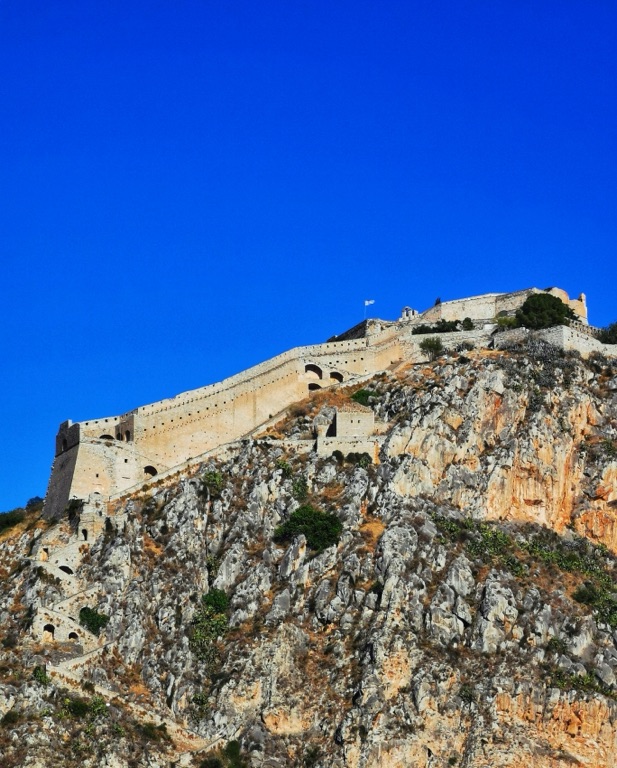Palamidi Castle, located in Nafplio, Greece, is a fortress that sits atop a hill, offering panoramic views of the city and the sea. Built by the Venetians during their second occupation of the area in the early 18th century, it is a classic example of Venetian fortifications. The castle has played a significant role in the history of the region, having been occupied by several civilizations and having witnessed many battles.
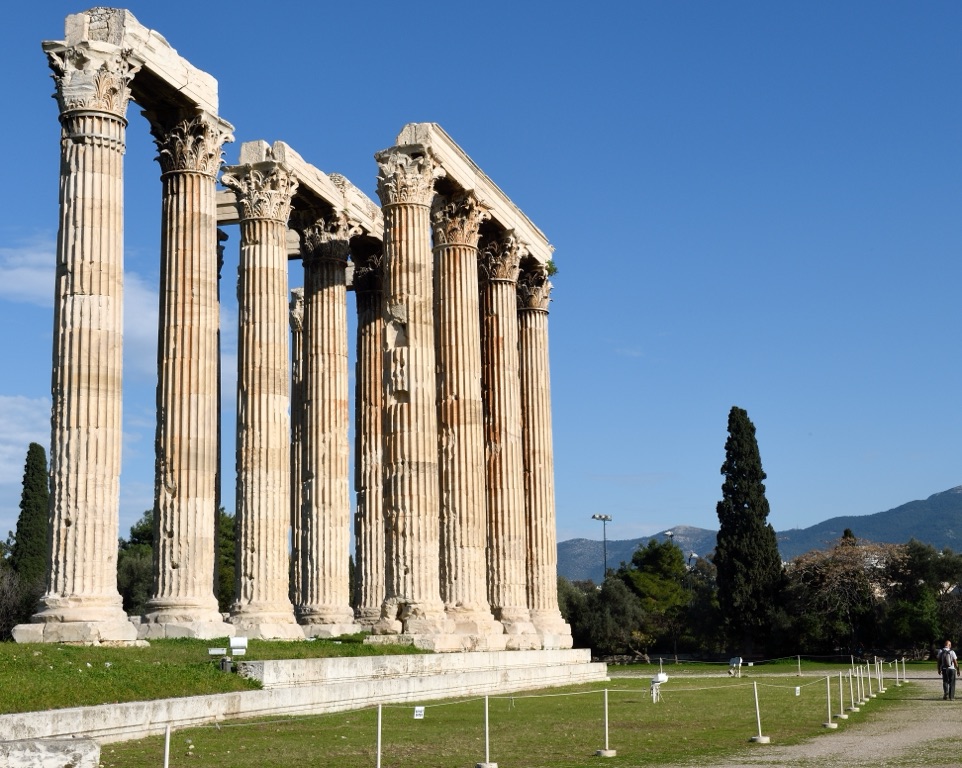
Temple of Olympian Zeus
The Temple of Olympian Zeus, also known as the Olympieion, is a colossal ruined temple in the center of Athens, Greece. It was dedicated to Zeus, king of the Olympian gods. Construction began in the 6th century BC during the rule of the Athenian tyrants, who envisaged building the greatest temple in the ancient world, but it was not completed until the reign of the Roman Emperor Hadrian in the 2nd century AD, some 638 years after the project had begun. During the Roman periods, it was renowned as the largest temple in Greece and housed one of the largest cult statues in the ancient world.
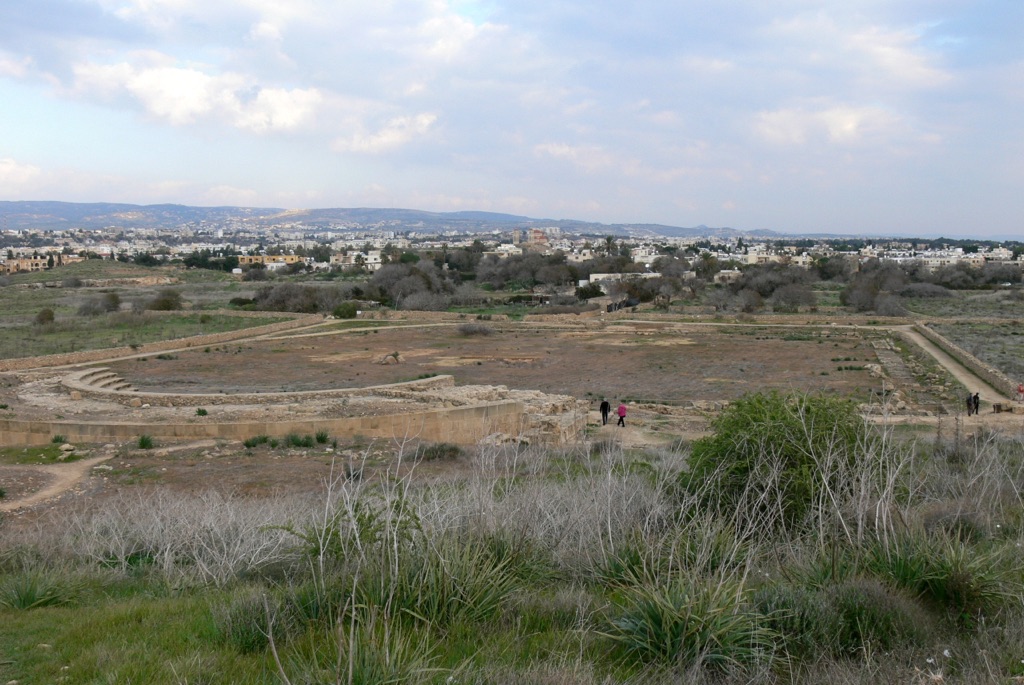
Paphos Agora
The Paphos Agora is a historical site located in Paphos, Cyprus. This archaeological site is known for its large market square, which was a bustling center of commerce and social interaction during ancient times. The Agora, which means ‘marketplace’ in Greek, was built during the Hellenistic period and was in use until the Byzantine era. The ruins of the Paphos Agora provide valuable insights into the ancient civilizations that once thrived in this region and their ways of life.
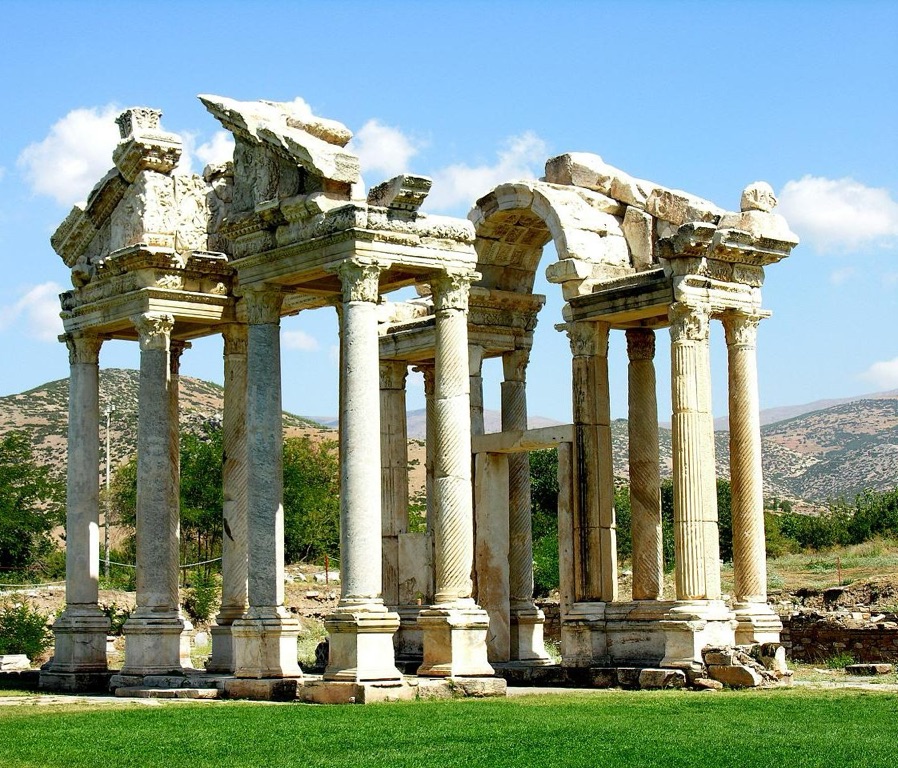
The Tetrapylon Aphrodisias
The Tetrapylon of Aphrodisias is a monumental gate located in the ancient city of Aphrodisias, now in modern-day Turkey. This impressive structure, built in the 2nd century AD, served as a ceremonial gateway to the sanctuary of Aphrodite, the Greek goddess of love and beauty. The Tetrapylon, meaning ‘four gates’, was so named because of its four-sided design, with each side having a row of four columns. The gate was intricately decorated with sculptures and reliefs, showcasing the architectural prowess of the ancient Romans. Despite being destroyed by an earthquake in the 7th century, the Tetrapylon was reconstructed in the 20th century, and today stands as a testament to the grandeur of the ancient city of Aphrodisias.
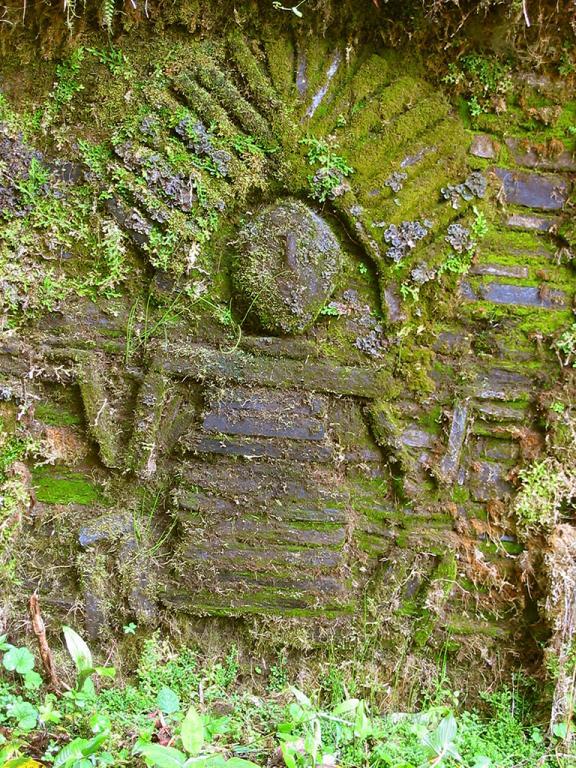
Gran Pajatén
Gran Pajatén is an archaeological site nestled in the Andean cloud forests of Peru. Discovered in 1965, it’s known for its intricate stone structures and ornate mosaic facades, reflecting the complex civilization that once thrived there. The site is believed to have been inhabited by the Chachapoyas, a pre-Incan civilization, from around 200 BC to 1470 AD. The ruins are spread over a large area, featuring circular buildings adorned with decorative friezes and a network of trails and plazas. Despite its historical significance, Gran Pajatén remains largely unexplored due to its remote location and the challenging terrain.
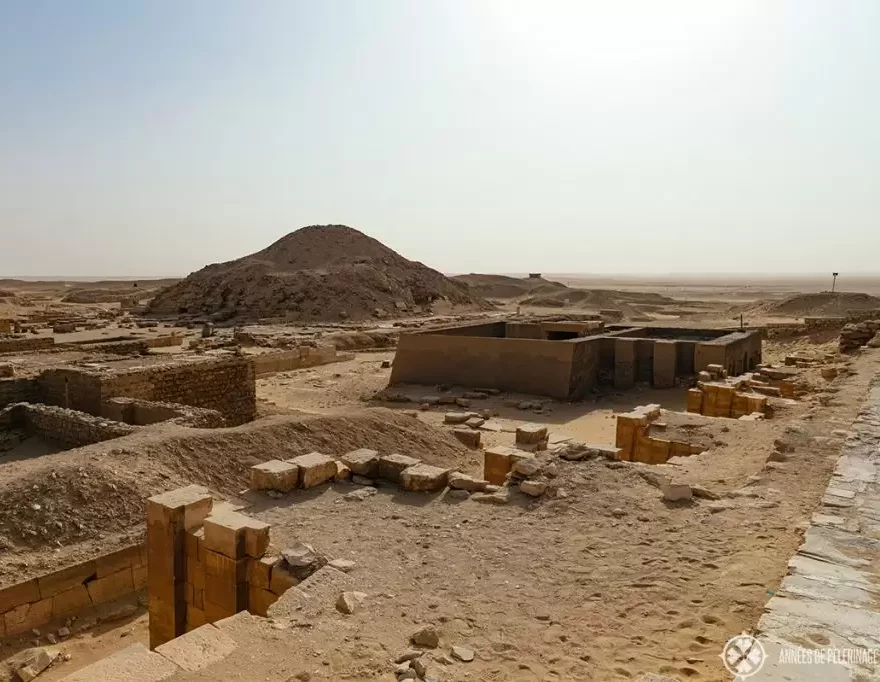
Sekhemkhet Pyramid (Buried Pyramid)
The Sekhemkhet Pyramid, also known as the Buried Pyramid, is an unfinished step pyramid in Saqqara, Egypt. Believed to have been constructed during the 3rd dynasty for the Pharaoh Sekhemkhet, the pyramid remains a significant artifact of the Old Kingdom. Despite its unfinished state, the pyramid provides valuable insights into the architectural practices and political climate of the time.

